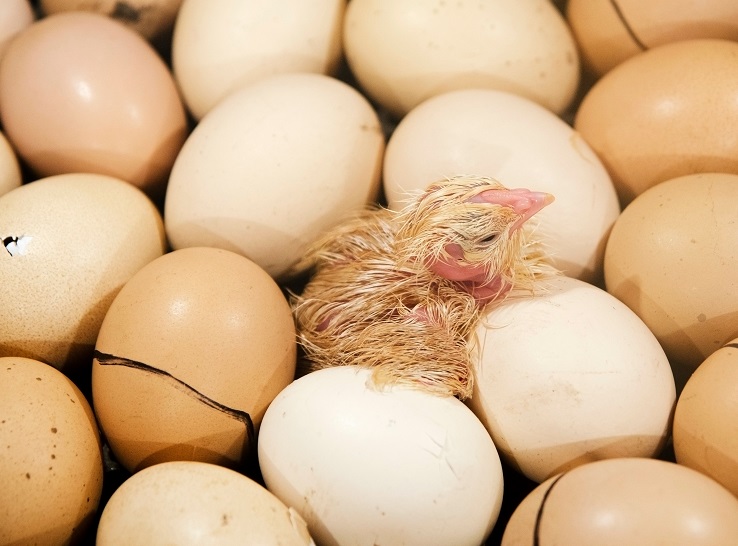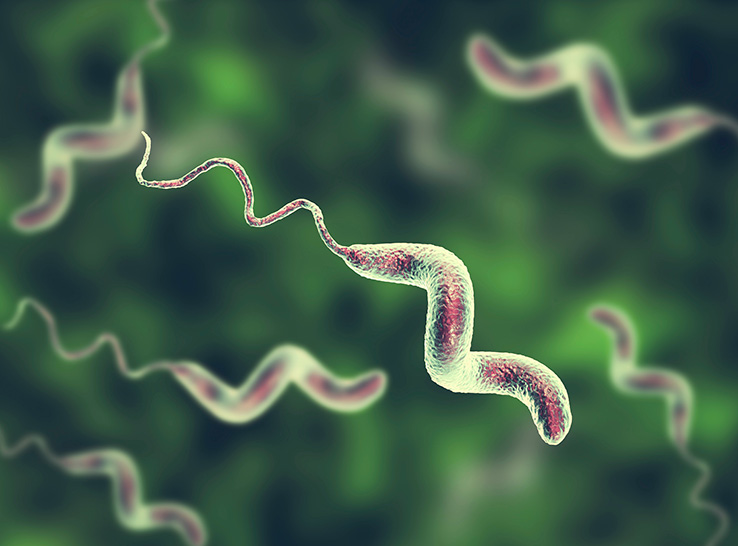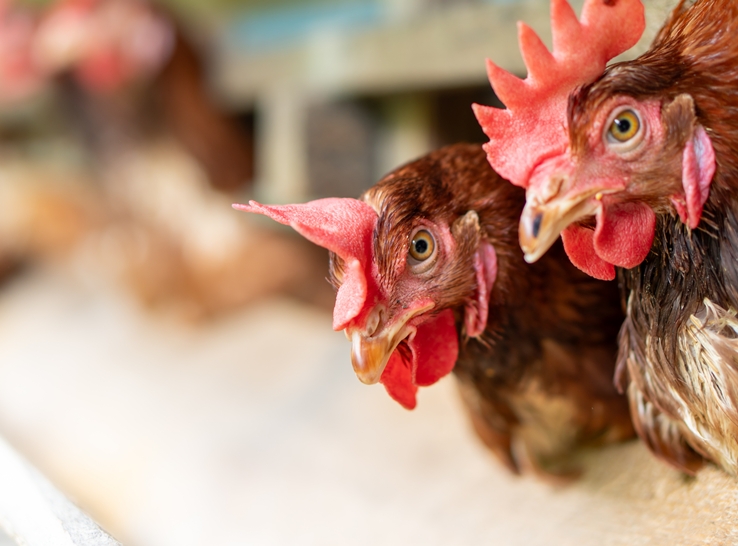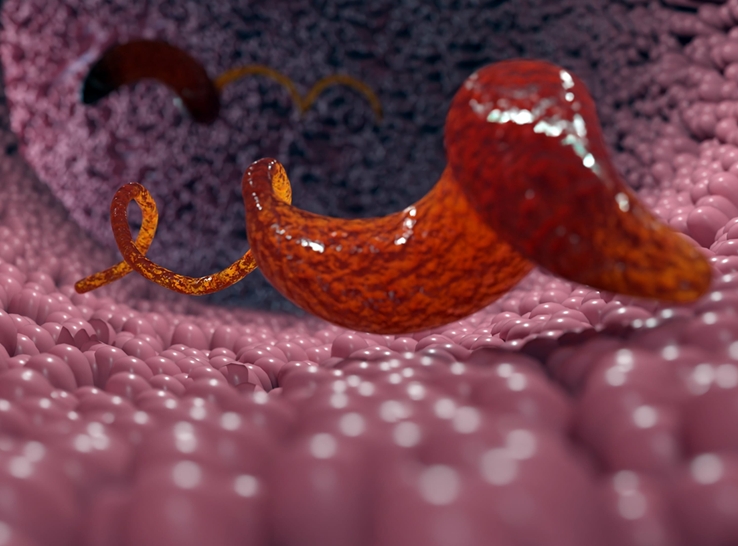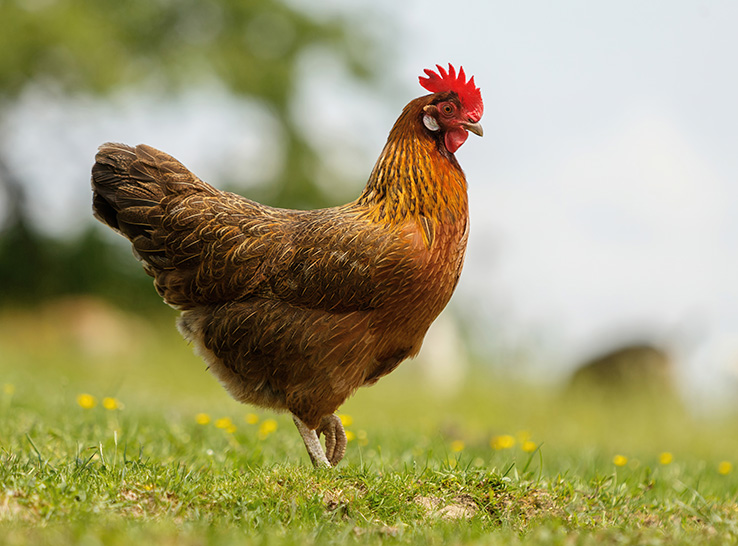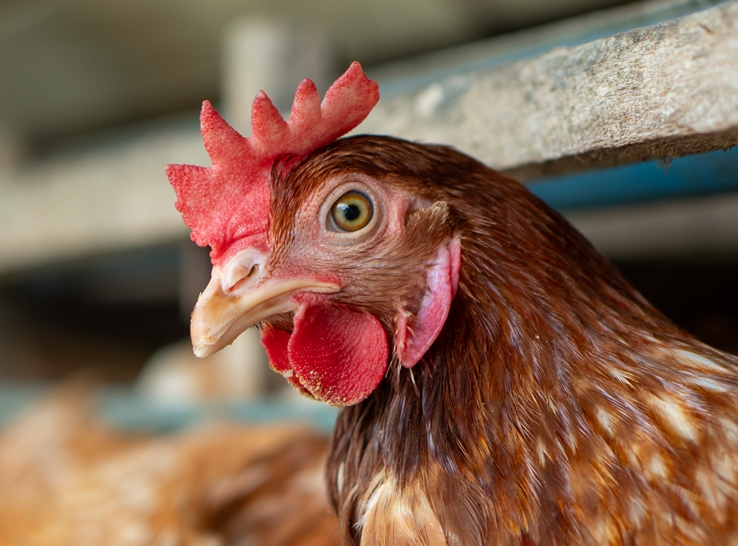The pathogen that caused spotty liver disease (SLD) in chickens from the 1950s to 1980s is re-emerging as a threat to poultry. Since 2018, Campylobacter hepaticus has been identified in laying birds in Iowa, Florida, Georgia and worldwide.
“The re-emergence of C. hepaticus may be linked with housing practices as SLD seems more prevalent in pasture-raised birds with outside exposure,” reported Catherine Logue, PhD, Poultry Diagnostic and Research Center, University of Georgia.
“Although birds may appear asymptomatic, the disease is characterized by liver spots and can result in morbidity, mortality and significant losses in eggs for the breeding- and table-egg industries,” Logue explained.
Logue initiated several research studies on C. hepaticus to assess its prevalence and potential methods for control. She was assisted by Roel Becerra, DVM, and Julia Ienes Lima, graduate student. Logue discussed the research results at the 2024 North Central Avian Disease Conference.
First signs of SLD
“My graduate students had a submission of six small brown layers, 66 weeks of age and organic free-range,” Logue said. “On necropsy, they found liver spots. The birds didn’t look sick but were warm to the touch.”
A PCR test from a liver swab was positive for C. hepaticus. “That led us to look at other cases in Georgia, and they were largely the same,” she added.
“Some birds were asymptomatic while others were lethargic and had high body temperatures. There was also mortality.”
They investigated further by taking environmental samples from the feed, water, waterlines and stagnant puddles. They also collected samples from the birds and conducted PCR tests on all the samples.
“We could find C. hepaticus nearly everywhere we looked,” Logue said. “We submitted the samples to a genome-sequencing company.
“The four genomes identified in this study were relatively similar to C. hepaticus HV10 strain from Australia but differed from other sequenced US strains from Iowa and Florida,” she added.
Further testing
The next step was to determine how long it took for naïve birds to become infected with C. hepaticus. Researchers orally challenged eight finches with C. hepaticus and positioned them in a cage above the water supply in a room with 25 chickens.
After 28 days, the chickens started to test positive. By 35 days, all were positive.
In other studies conducted by the researchers, the transmission of C. hepaticus from challenged birds to naïve birds was assessed. The time to liver lesions occurred around 15 to 20 days.
Once chickens are infected with C. hepaticus, it takes 0 to 9 days for transmission to naïve chickens, Logue added. Also, C. hepaticus first infects the liver, then the gallbladder and will persist in the liver.
The researchers also evaluated organic-based treatment for C. hepaticus control in layers. They tested treatments with oregano, apple cider vinegar and citric acid. The results were mixed.
“Organic-based interventions have transient effects at best,” Logue said.
Potential to spread to other farms
In conclusion, Logue explained that C. hepaticus can cause SLD in finches and probably wild birds, in addition to chickens. This means the pathogen may be transferred by wild birds to other layer farms with outdoor access.
“Our studies have shown the outdoor environment is a potential source of C. hepaticus for organic laying birds, and it can easily spread throughout a flock,” she said.
“Further research is needed to identify if C. hepaticus is endemic in wildlife found near layer operations with outdoor access.”

